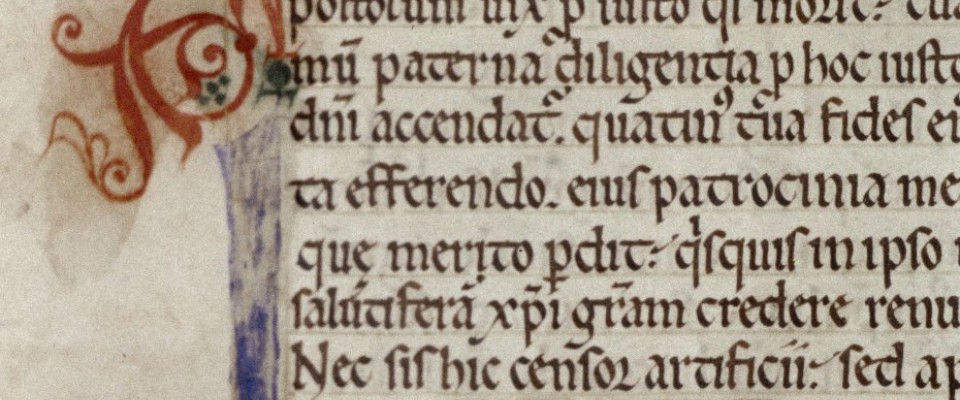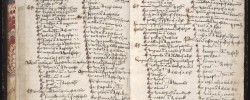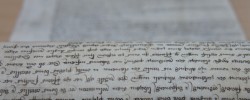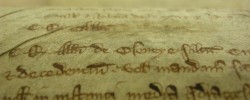For more than a thousand years after the end of the Roman empire, Latin remained an important language across Western Europe. Used throughout the Middle Ages for purposes as diverse as literature, scientific discourse, administration, and religious worship, it existed alongside the many everyday native languages of the people.
The Dictionary covers a long period, in fact much longer than sometimes thought of as medieval. The earliest author included is Gildas, from the mid sixth century, the latest named author is William Camden (1551-1623), whose Britannia is cited from its 1600 edition. Between that a very wide range of material is represented, including history, theology, philosophy, saints’ lives, medical and scientific texts, poetry, liturgy, letter collections, legal documents, accounts and even a small collection of ghost stories. Both British authors living abroad and foreigners living in Britain have been included.
There are also a number of ways to define ‘Britain’! The geographical range includes England, Scotland, and Wales, of course, but also Gascony, Normandy, and the Channel Islands, etc., for the periods when they were possessions of the English crown with close ties with England. Ireland is included only after the Norman conquest; earlier Irish material (and some early Scottish and Welsh material) is covered by the Dictionary of Medieval Latin from Celtic Sources (DMLCS). The DMLCS like the British Dictionary, is part of the pan-European effort to replace Du Cange's 1678 Glossarium ad scriptores mediae et infimae latinitatis (see the DMLBS page on ‘Sister projects’).
Shown here are some images from more of the British medieval documents that were used in the making of the dictionary.
For more information about Latin in Britain, how it was used and how it changed, visit the DMLBS pages on British Medieval Latin.







